Panagiotis Antoniadis
An audiovisual and contextual approach for categorical and continuous emotion recognition in-the-wild
Jul 10, 2021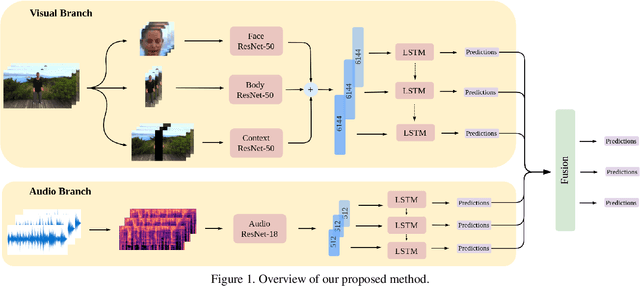
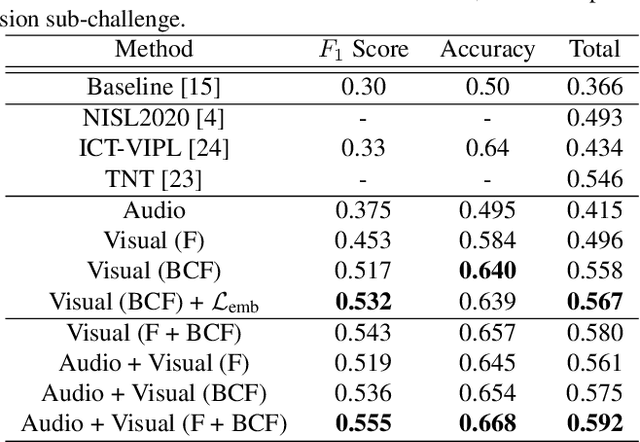
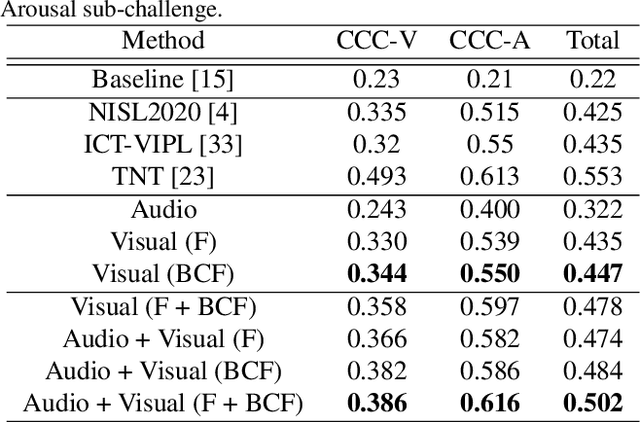
Abstract:In this work we tackle the task of video-based audio-visual emotion recognition, within the premises of the 2nd Workshop and Competition on Affective Behavior Analysis in-the-wild (ABAW). Poor illumination conditions, head/body orientation and low image resolution constitute factors that can potentially hinder performance in case of methodologies that solely rely on the extraction and analysis of facial features. In order to alleviate this problem, we leverage bodily as well as contextual features, as part of a broader emotion recognition framework. We choose to use a standard CNN-RNN cascade as the backbone of our proposed model for sequence-to-sequence (seq2seq) learning. Apart from learning through the RGB input modality, we construct an aural stream which operates on sequences of extracted mel-spectrograms. Our extensive experiments on the challenging and newly assembled Affect-in-the-wild-2 (Aff-Wild2) dataset verify the superiority of our methods over existing approaches, while by properly incorporating all of the aforementioned modules in a network ensemble, we manage to surpass the previous best published recognition scores, in the official validation set. All the code was implemented using PyTorch\footnote{\url{https://pytorch.org/}} and is publicly available\footnote{\url{https://github.com/PanosAntoniadis/NTUA-ABAW2021}}.
Exploiting Emotional Dependencies with Graph Convolutional Networks for Facial Expression Recognition
Jun 07, 2021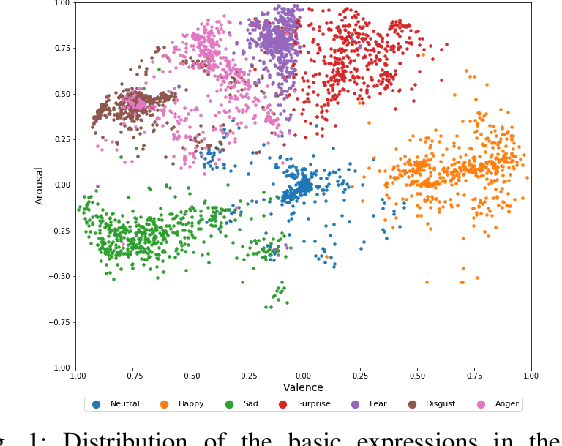
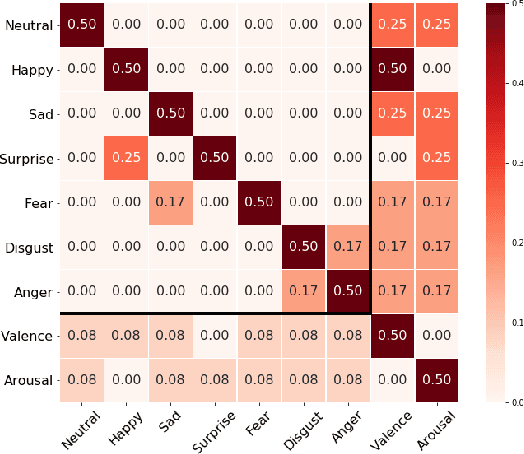
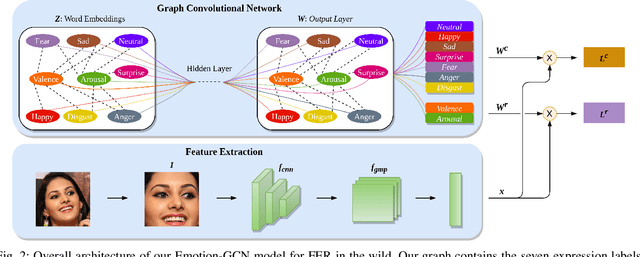
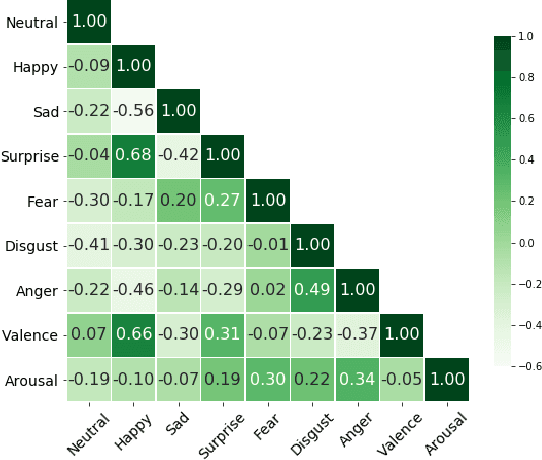
Abstract:Over the past few years, deep learning methods have shown remarkable results in many face-related tasks including automatic facial expression recognition (FER) in-the-wild. Meanwhile, numerous models describing the human emotional states have been proposed by the psychology community. However, we have no clear evidence as to which representation is more appropriate and the majority of FER systems use either the categorical or the dimensional model of affect. Inspired by recent work in multi-label classification, this paper proposes a novel multi-task learning (MTL) framework that exploits the dependencies between these two models using a Graph Convolutional Network (GCN) to recognize facial expressions in-the-wild. Specifically, a shared feature representation is learned for both discrete and continuous recognition in a MTL setting. Moreover, the facial expression classifiers and the valence-arousal regressors are learned through a GCN that explicitly captures the dependencies between them. To evaluate the performance of our method under real-world conditions we train our models on AffectNet dataset. The results of our experiments show that our method outperforms the current state-of-the-art methods on discrete FER.
 Add to Chrome
Add to Chrome Add to Firefox
Add to Firefox Add to Edge
Add to Edge